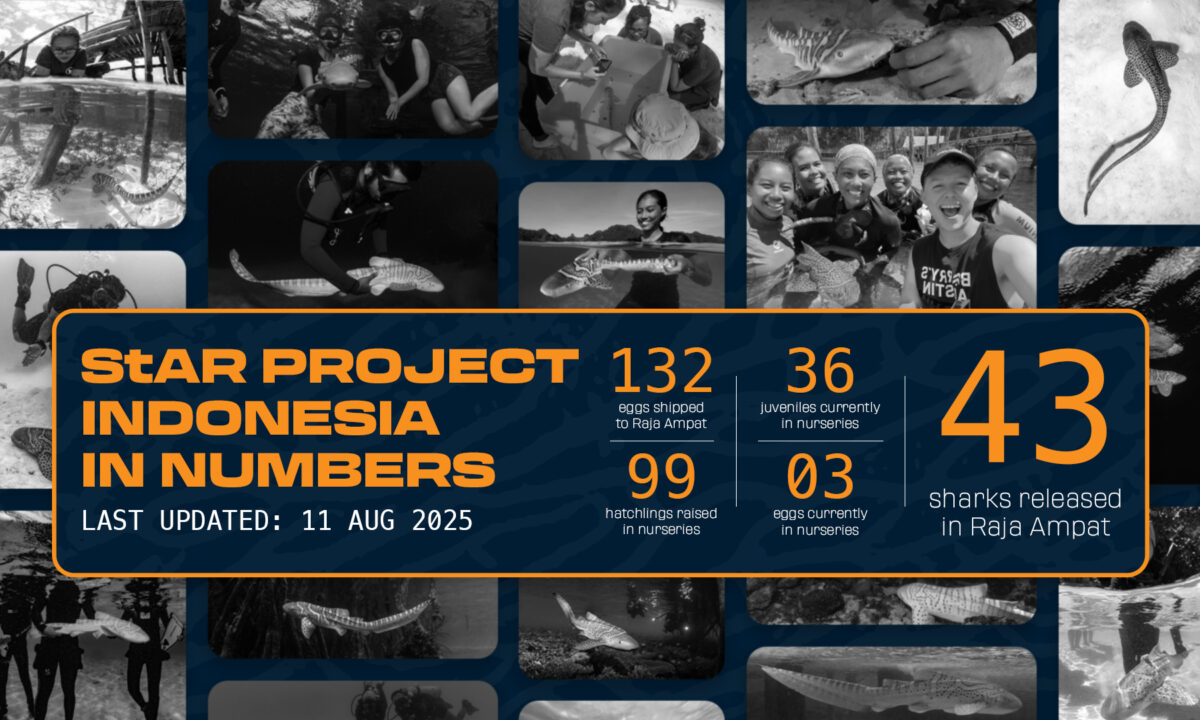- ReShark is the world’s first shark rewilding program, aiming to restore Indo-Pacific leopard sharks to reefs where they’ve disappeared, starting in Raja Ampat, Indonesia.
- The initiative repurposes surplus eggs from aquariums, transporting them across oceans and rearing them in locally managed hatcheries before releasing them into the wild.
- A growing community of Indonesian conservationists—including trained “shark nannies,” students, and villagers—is central to the project’s success and sustainability.
- With global collaboration and scientific rigor, ReShark aims to produce a model for reversing extinction—one grounded in genetics, local stewardship, and public engagement.
In the shallows of Raja Ampat, Indonesia, a bold conservation experiment is underway—one that blends marine biology, local stewardship, and international collaboration in an effort to bring a species back from the brink. It’s called ReShark, and it represents the world’s first attempt to rewild an endangered shark.
Working alongside the IUCN Shark Specialist Group, Conservation International, the Association of Zoos and Aquariums, and 105 partner institutions across 20 countries, the Re:wild-led initiative aims to restore populations of the Indo-Pacific leopard shark—also known as the zebra shark (Stegostoma tigrinum)—to reefs where the species has all but disappeared.
“This is something that’s been done for decades on land—think California condors or wolves in Yellowstone,” said Mark Erdmann, Executive Director of ReShark and Shark Conservation Director at Re:wild, former Vice President of Asia-Pacific marine programs at Conservation International, and one of the architects of the project. “But in the ocean, and especially with sharks, this is a first.”

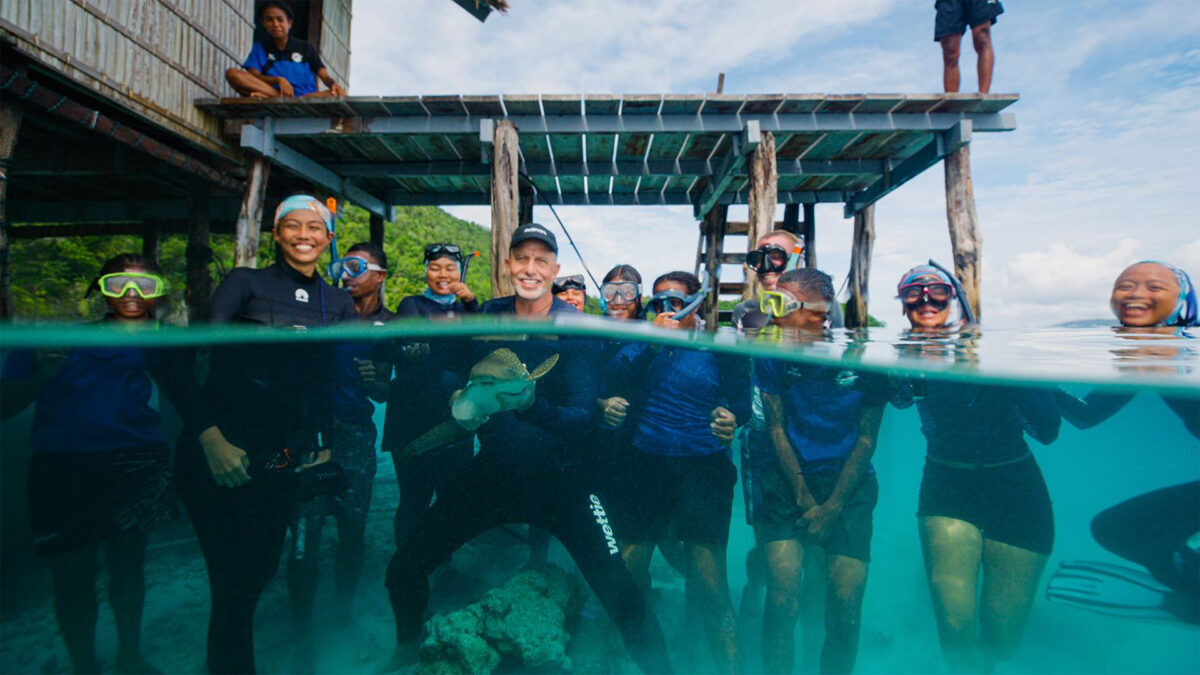
Erin Meyer, co-chair of the StAR Steering Committee and a founding member of ReShark, said the idea initially seemed far-fetched to some: breeding sharks in captivity, transporting their eggs overseas, rearing them in custom-built nurseries, and eventually releasing them into the wild.
“Thanks to the passion and dedication of our team, we moved from our first committee meeting to our first shark release in less than three years,” she said.
From Decline to Possibility
Leopard sharks, native to Indo-Pacific waters from the Red Sea to the Marshall Islands, once thrived in shallow coral reef ecosystems. But demand for their distinctive long tails in the shark fin trade decimated populations across much of their range. By the time Raja Ampat declared itself a shark and ray sanctuary in 2012, the species had already vanished from local reefs.
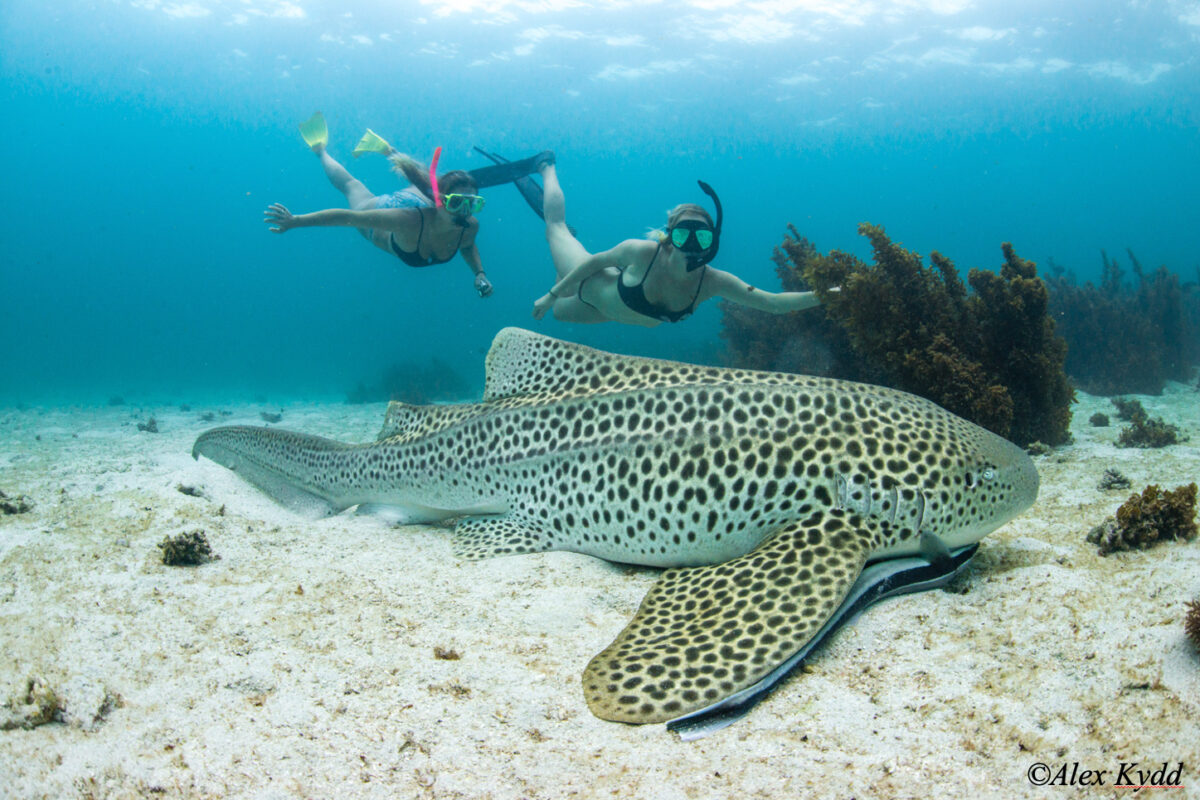
Meyer helped lead the development of ReShark’s early frameworks—from nursery design and permitting to standard operating procedures. She also convened the first ReShark retreat, which set strategic direction and governance for the initiative’s future growth.
Australia remains a rare exception. In the southern Great Barrier Reef, seasonal gatherings of hundreds of leopard sharks still occur. Genetic research later confirmed what Erdmann calls a “conservation asymmetry”: Raja Ampat’s sharks are part of the same eastern Indo-Pacific genetic population as those in Australia and New Caledonia—making reintroduction scientifically viable.

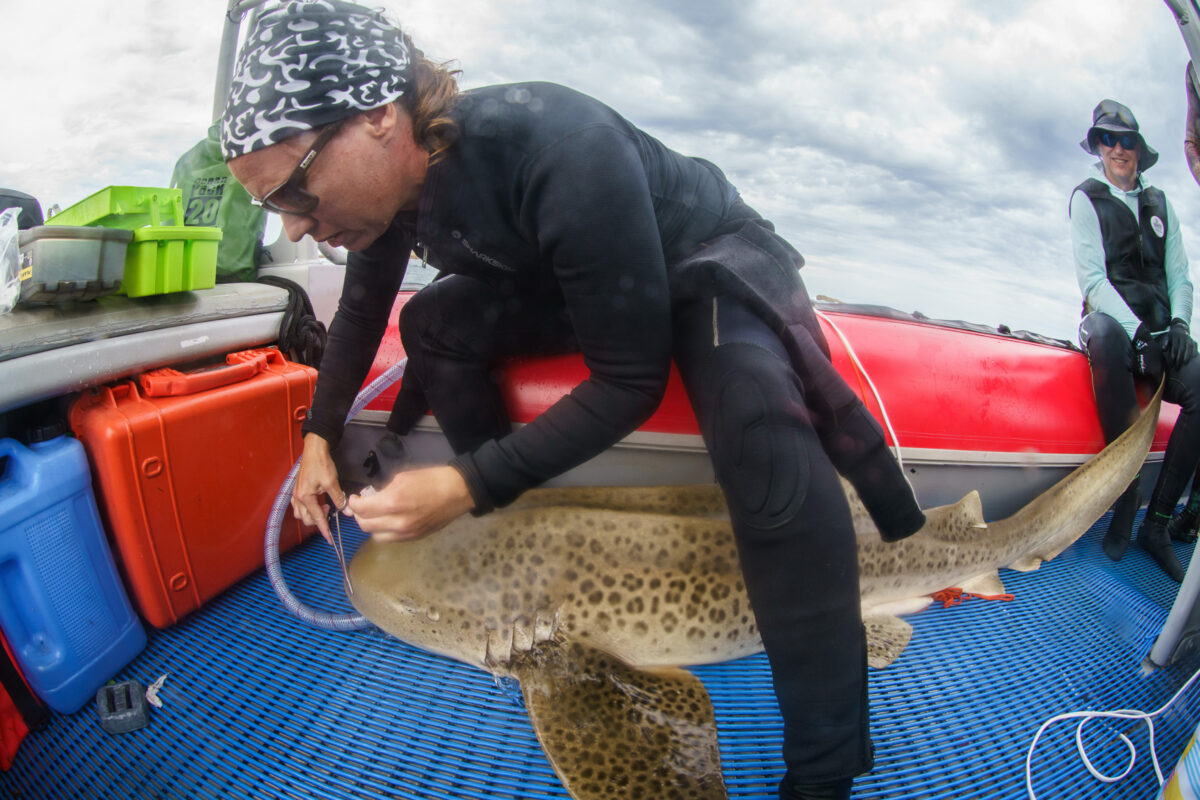
Much of what scientists know about the species in the wild comes from research in Australia led by Chris Dudgeon, head of the IUCN Shark Specialist Group for Oceania and lead of the StAR research working group. She noted that while leopard sharks are occasionally caught as bycatch in Australia, they are generally released and benefit from regulations such as the mandatory release of sharks over 1.5 meters in Queensland. Their ability to breathe while stationary also makes them more resilient to capture than other species.
The contrast with Indonesia, Dudgeon said, is stark. Intense fishing pressure, habitat degradation, and a far denser human population have contributed to the species’ local extirpation.
Rewilding Begins in the Aquarium
But the real breakthrough came from an unlikely source: public aquariums. Captive breeding of leopard sharks is so prolific that some facilities separate males and females to avoid overpopulation.
“There was a surplus of eggs,” Erdmann said. “Meanwhile, we had a nearly empty ocean. That’s when the idea clicked.”
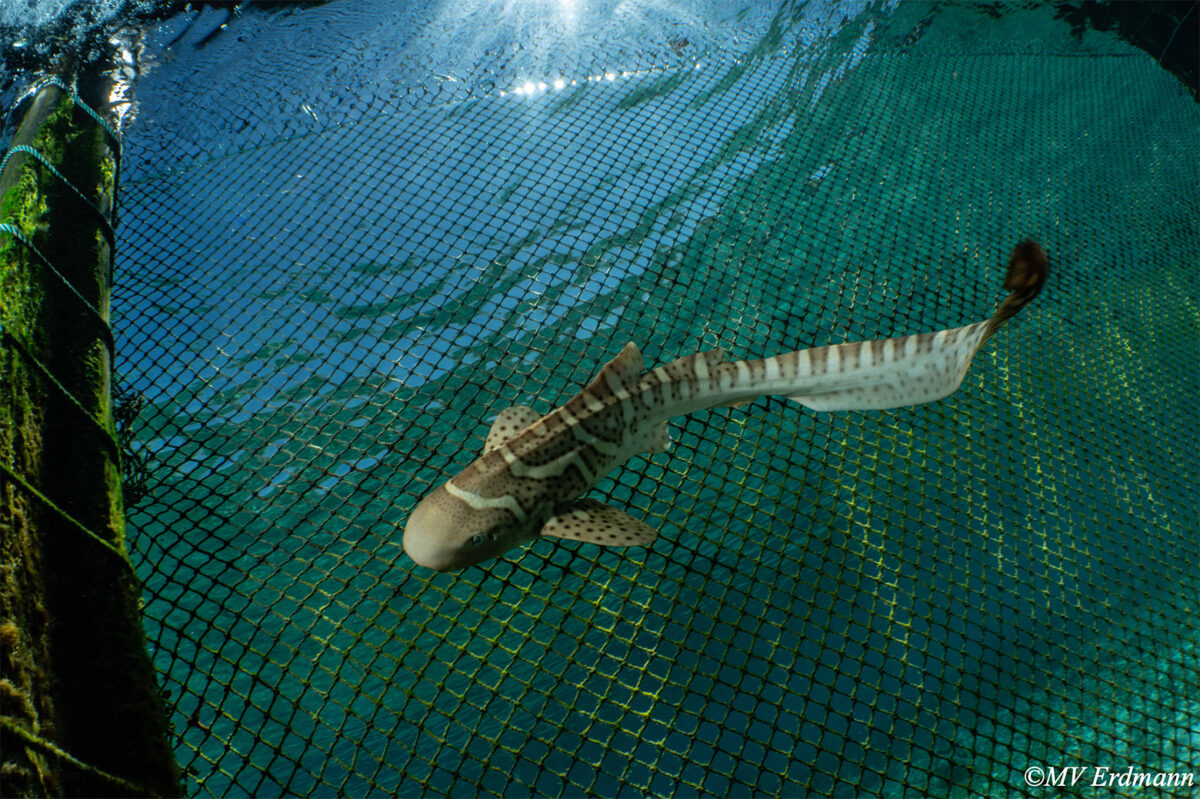
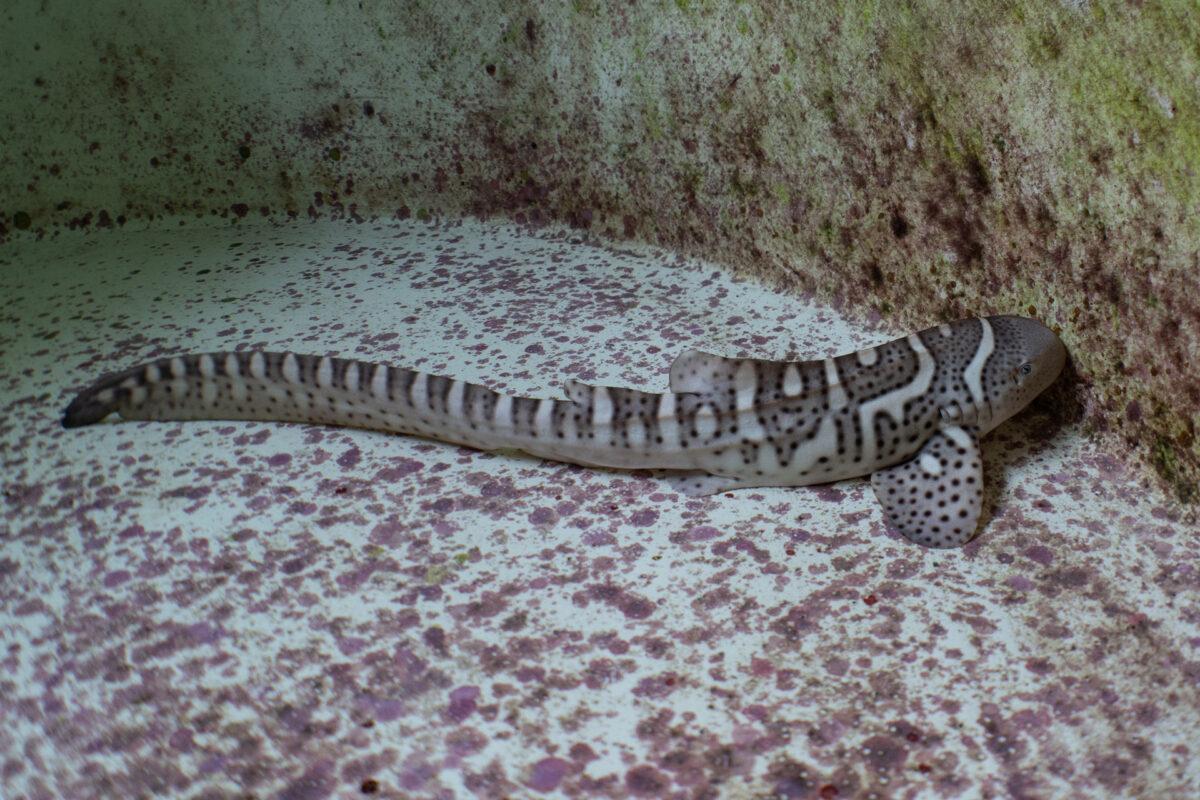
The original spark for the project, Dudgeon recalled, emerged from her 2015 IUCN Red List assessment of the species. A conversation with Erdmann about his dive observations revealed a surprising alignment: while aquariums had excess eggs, the wild had none. The potential for rewilding using surplus aquarium-bred pups became clear. That conversation evolved into what is now the StAR Project, a global collaboration backed by aquariums and scientists from around the world.
Unlike many sharks that bear live young, leopard sharks lay egg cases about the size of a human palm—an important biological quirk that made transoceanic transport feasible. Working with 12 aquariums, the team developed a shipping protocol that keeps eggs viable for up to 40 hours, allowing them to be moved from tanks in the U.S. to hatcheries in Raja Ampat.
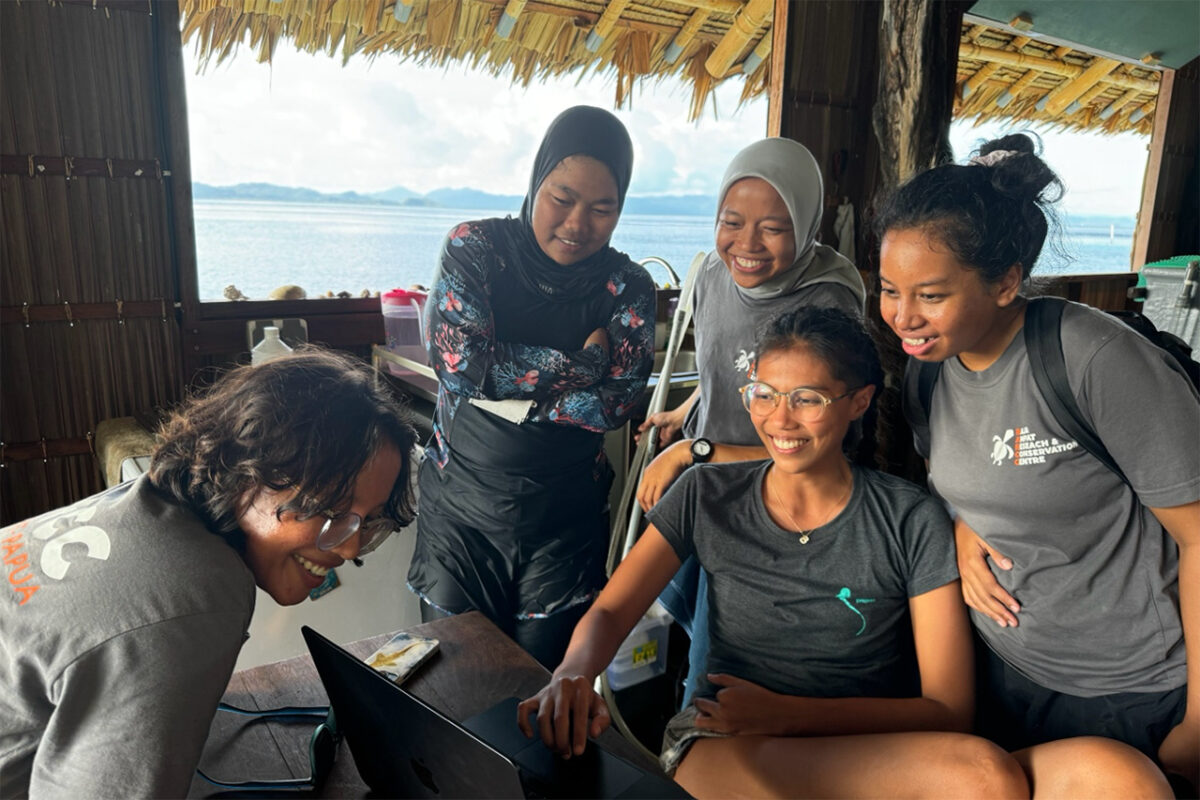
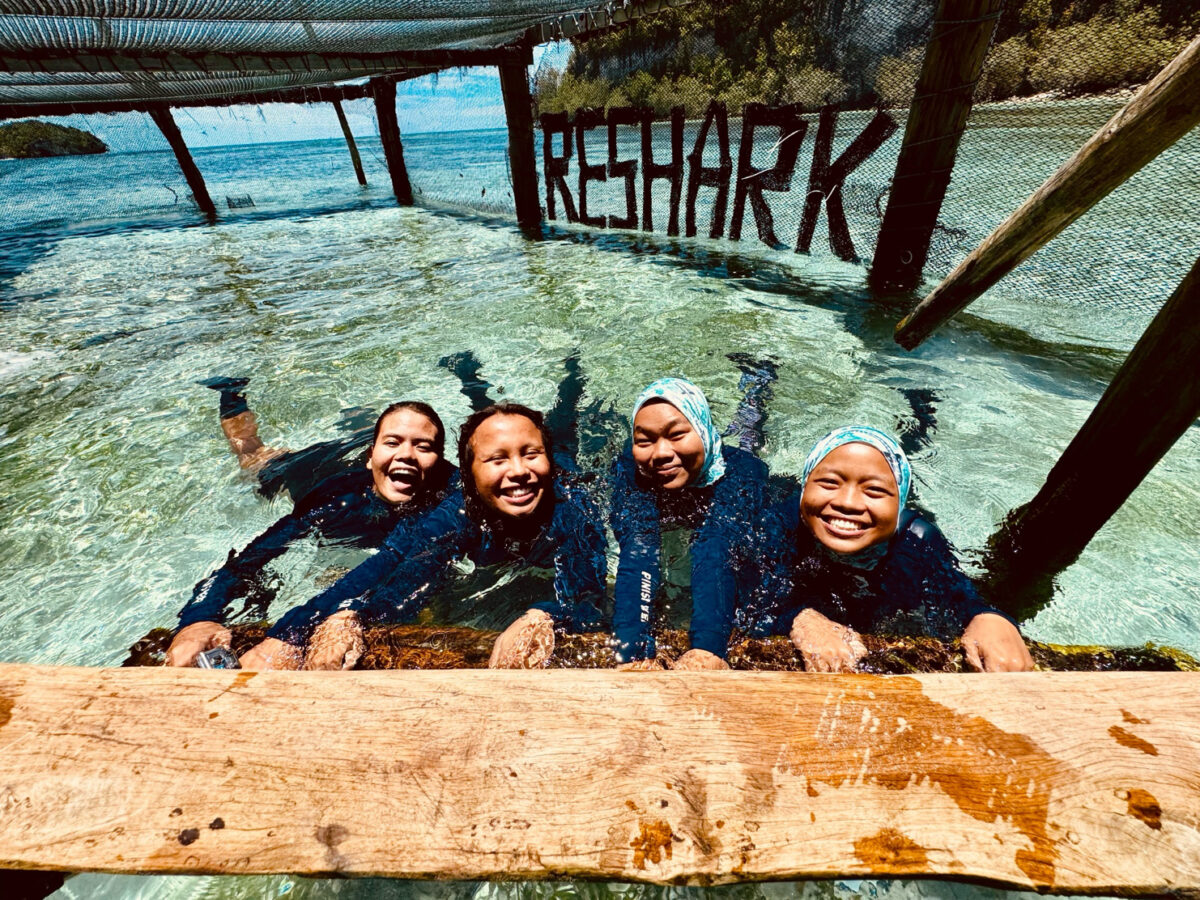
There, two custom-built facilities—operated in partnership with local eco-resorts—nurture the embryos. Once hatched, the pups are raised on a diet of wild-caught snails and clams, not aquarium feed, to better prepare them for life on the reef. At around 50 centimeters, the young sharks are transferred to sea pens for a “fattening” phase, eventually reaching over a meter in length before their release.

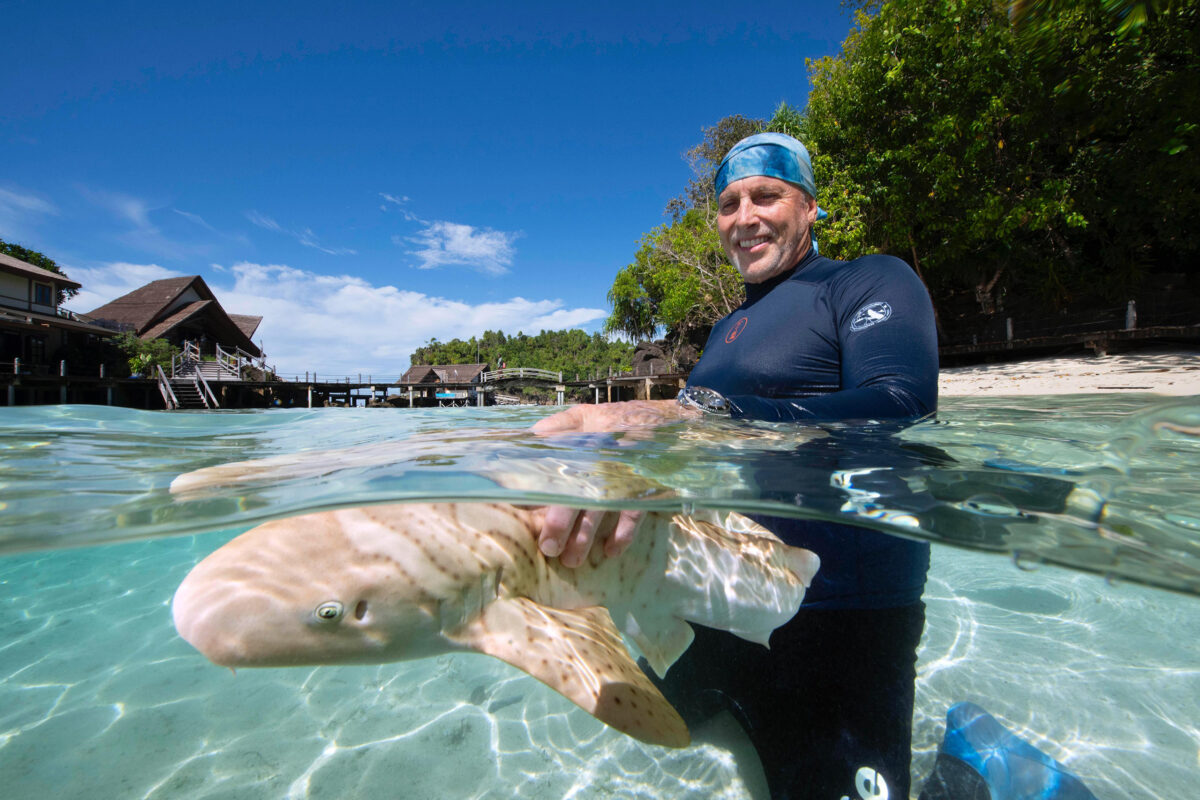
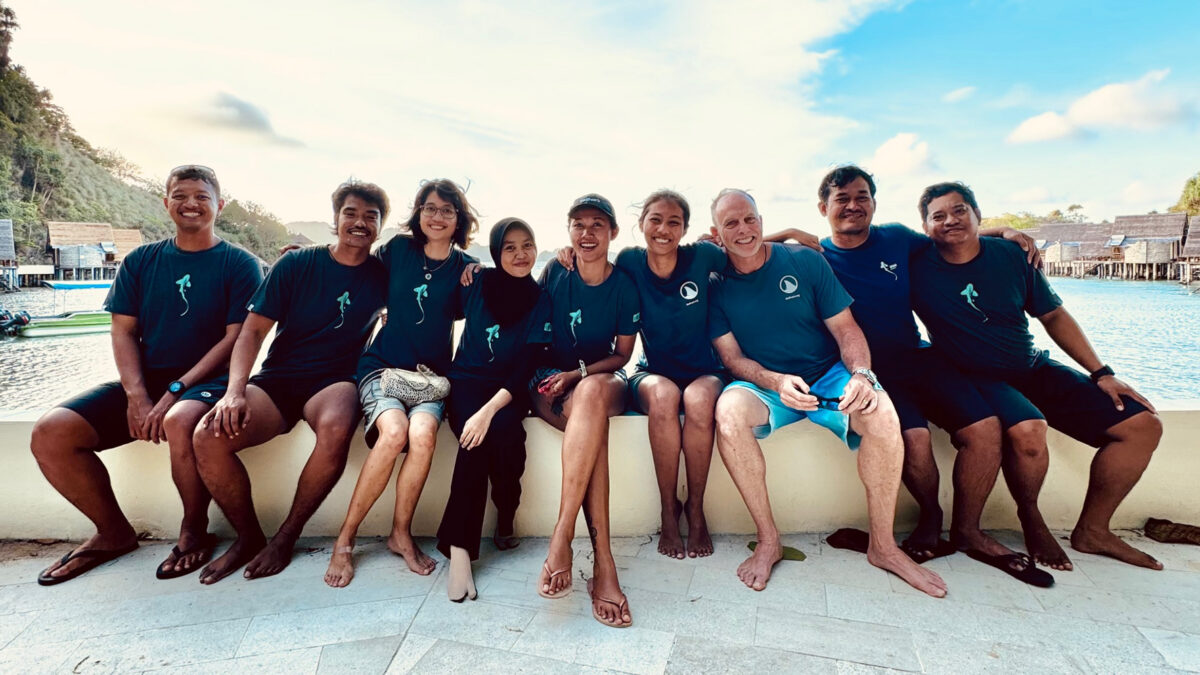
To date, the project has shipped 126 eggs, hatched 82 pups, and released 39. The goal is to release 50 to 75 sharks per year—an ambitious pace that, according to IUCN modeling, could reestablish a viable population within a decade. Natural recovery, by contrast, could take 200 years, if it occurs at all.
A Community-Rooted Effort
Local involvement is central to the project’s design. Twelve Indonesian “shark nannies” have been trained to manage the hatcheries, with some now pursuing advanced degrees. Children from nearby villages help collect food and take part in feeding and release ceremonies, embedding conservation into daily life.
“We’re cultivating the next generation of shark lovers,” Erdmann said.

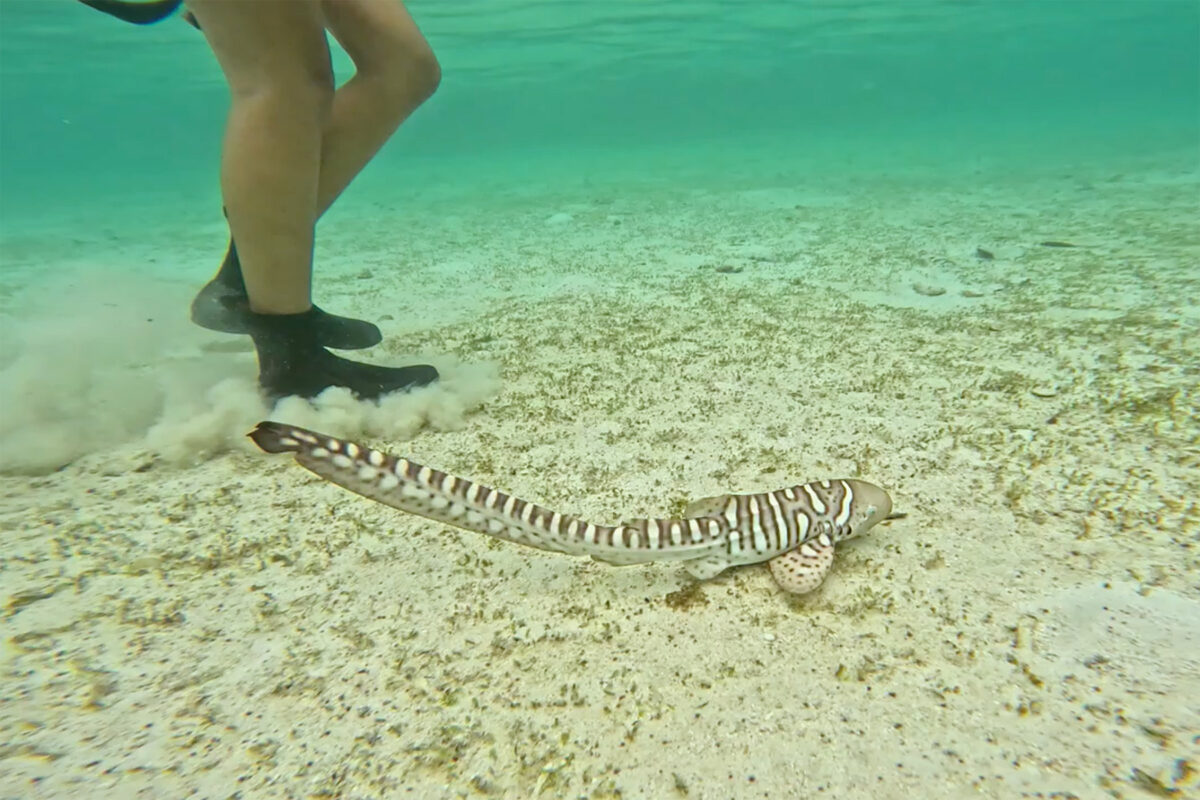

For Nesha Ichida, Indonesian program manager and co-chair of the StAR Steering Committee, the initiative has become more than a conservation program—it’s a launchpad for young professionals.
“We now have four parts: snail hunters, interns, shark nannies, and graduate students,” she said. “A very full-circle moment that I will forever be proud to have been part of creating.”
Ichida also sees a cultural shift taking root. “We are fortunate that our first species is very easy to love and extremely cute,” she said.
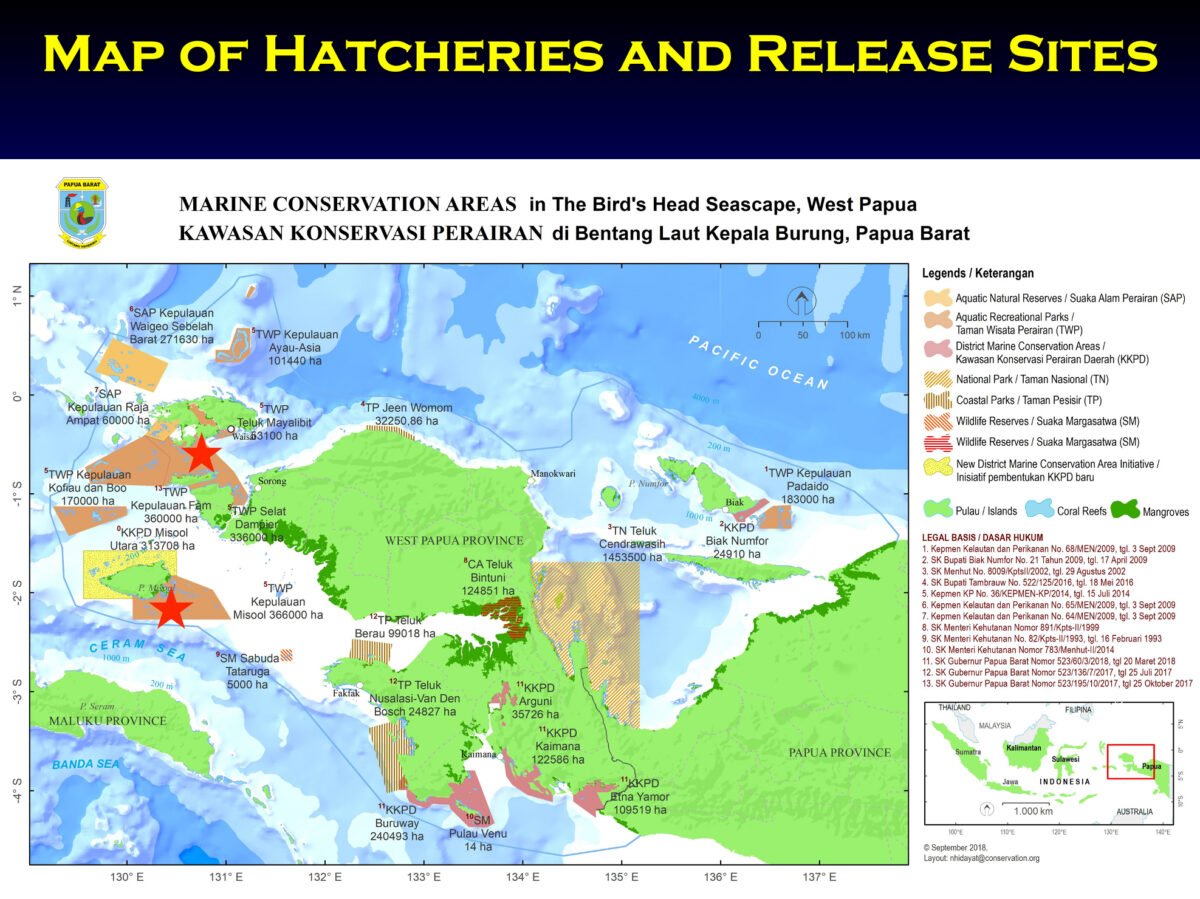
She recalled moments when even former shark fishers showed unexpected reverence. One, she noted, released a pup by hand to spare it from a net—a pup later confirmed to have traveled 23 kilometers from the nursery.
Rethinking the Role of Aquariums
ReShark has also catalyzed broader conversations about the role of zoos and aquariums in conservation. While often controversial, these institutions have emerged as key allies.
“This is helping move aquariums from entertainment into active species recovery,” Erdmann said.
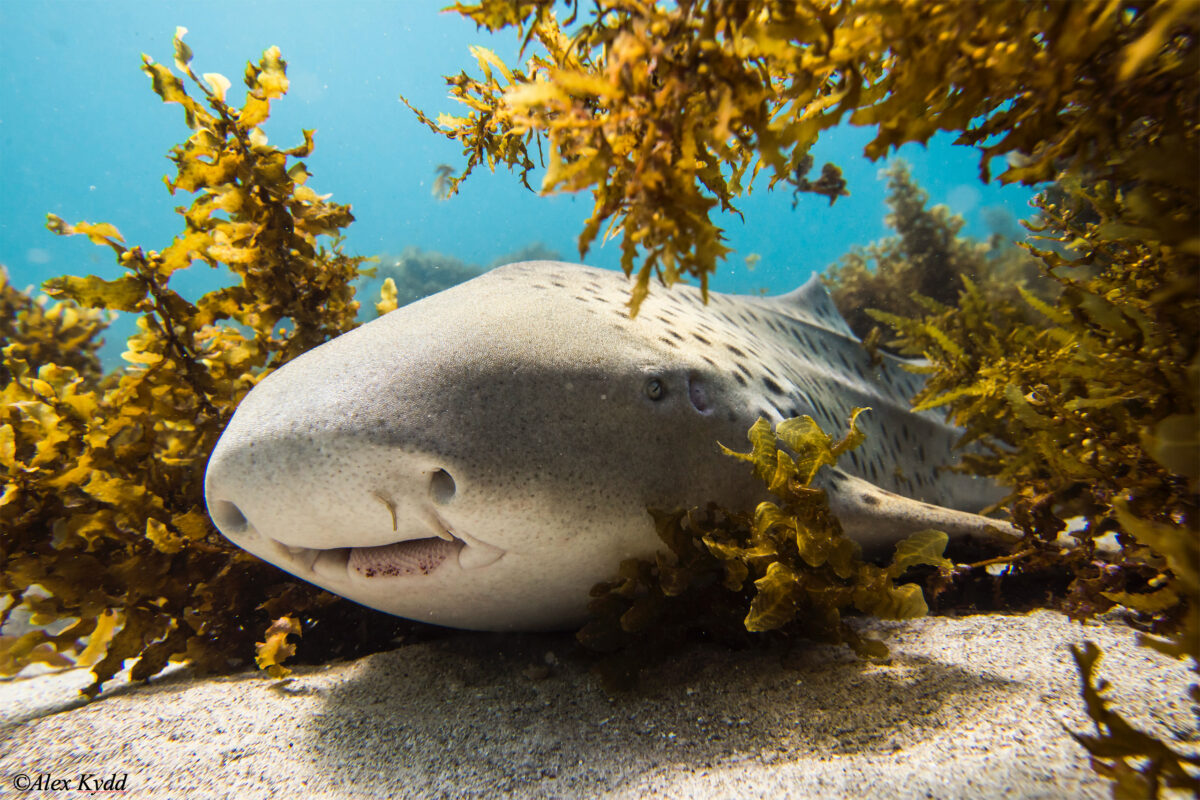
Meyer emphasized the unique capabilities aquariums bring: expertise in breeding, animal care, life support systems, and habitat design.
“The work of the StAR Project and ReShark would not be possible without the dedication, experience, expertise, collections, resources, and facilities offered by partner aquariums,” she said.
In a nod to public engagement, many pups are named—some by donors who “adopt” a shark for $10,000, the estimated cost of raising and releasing one. Others are named in honor of government officials or airport staff who help navigate the project’s intricate logistics.
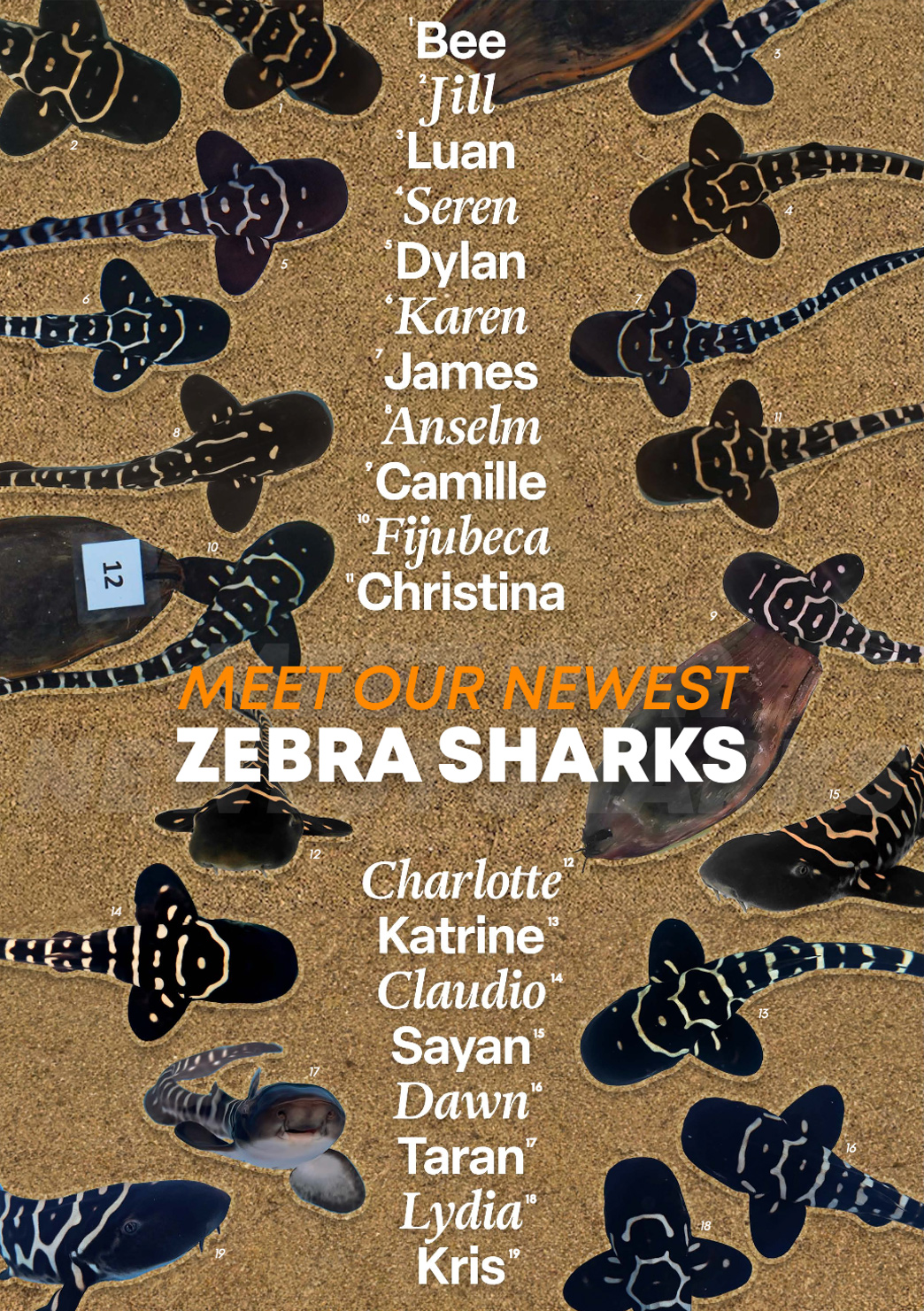
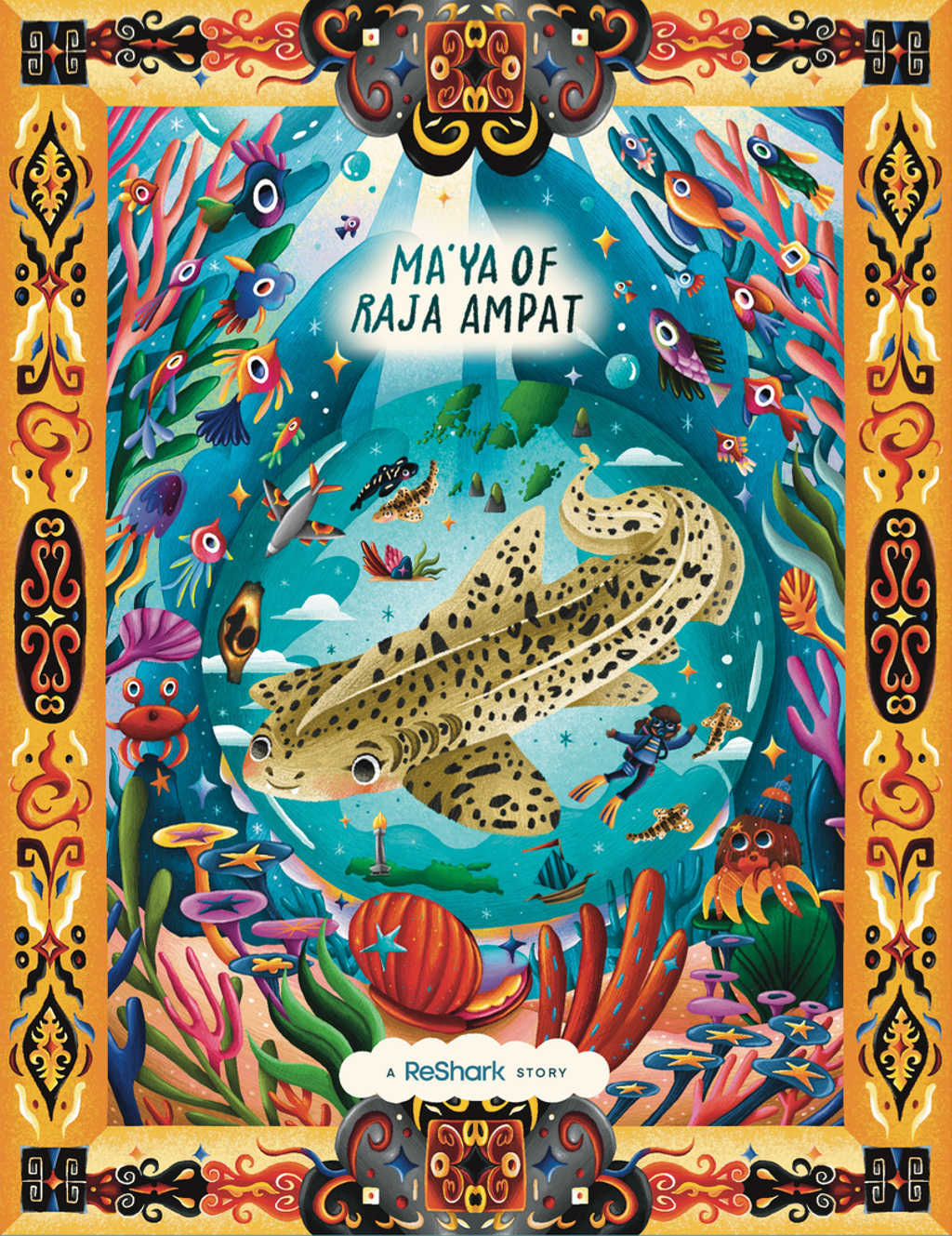
Tracking released sharks presents its own challenges. Traditional satellite tags are too bulky for juveniles, but new miniaturized models developed by Wildlife Computers are now being trialed. Early data suggests the pups are surviving and adapting well, with more detailed insights expected once the tags transmit in late July.
The program is also breaking new ground in reproductive science. In collaboration with researchers in Australia and Hong Kong, the team has begun collecting semen from wild male leopard sharks to artificially inseminate females in aquariums. It’s a non-invasive approach to boosting genetic diversity—without having to remove animals from the wild.
“We’ve proven this model works,” Erdmann said. “And now we’re expanding it.”
Scaling Up and Looking Ahead
A second leopard shark rewilding initiative is now underway in Phuket, Thailand, and more species are already in the pipeline—including the critically endangered bowmouth guitarfish, a ray-like creature with a prehistoric look. Unlike leopard sharks, bowmouths give live birth, requiring live juveniles to be transported at considerable expense.
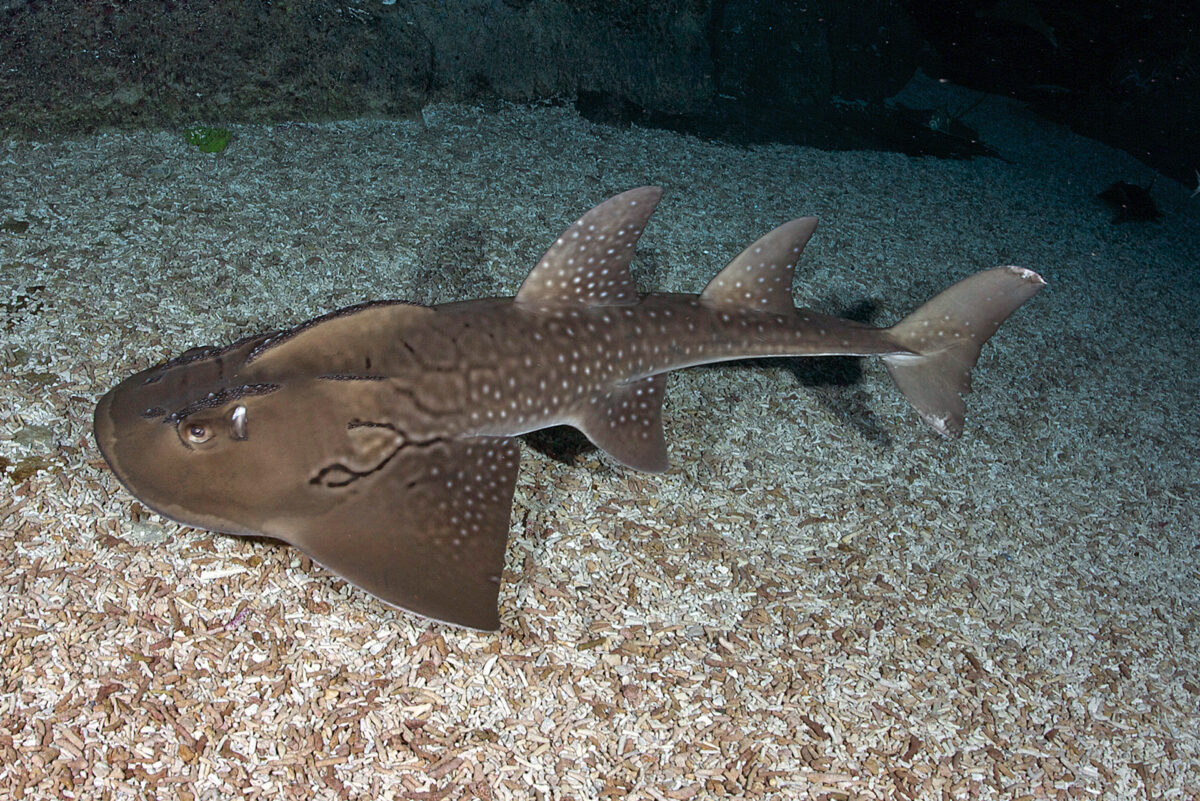
In Thailand, conservationists are focused on restoring the Indo-Pacific leopard shark. Following declining sightings by divers, the species was listed as protected by the Thai government in 2024, according to Metavee Chuangcharoendee of WildAid. Community engagement is growing, she added, with divers submitting photo documentation and media coverage boosting public awareness.
“There is definitely a lot of interest from the tourism industry,” Chuangcharoendee, who goes by “May”, said. “We will definitely know more after we have our first release.”
Hope, Not Hype
Still, Erdmann is clear-eyed about where rewilding fits into the broader conservation toolbox.
“You don’t start with reintroduction,” he said. “You build the foundation first, or all this effort could be undone in a single gillnet.”
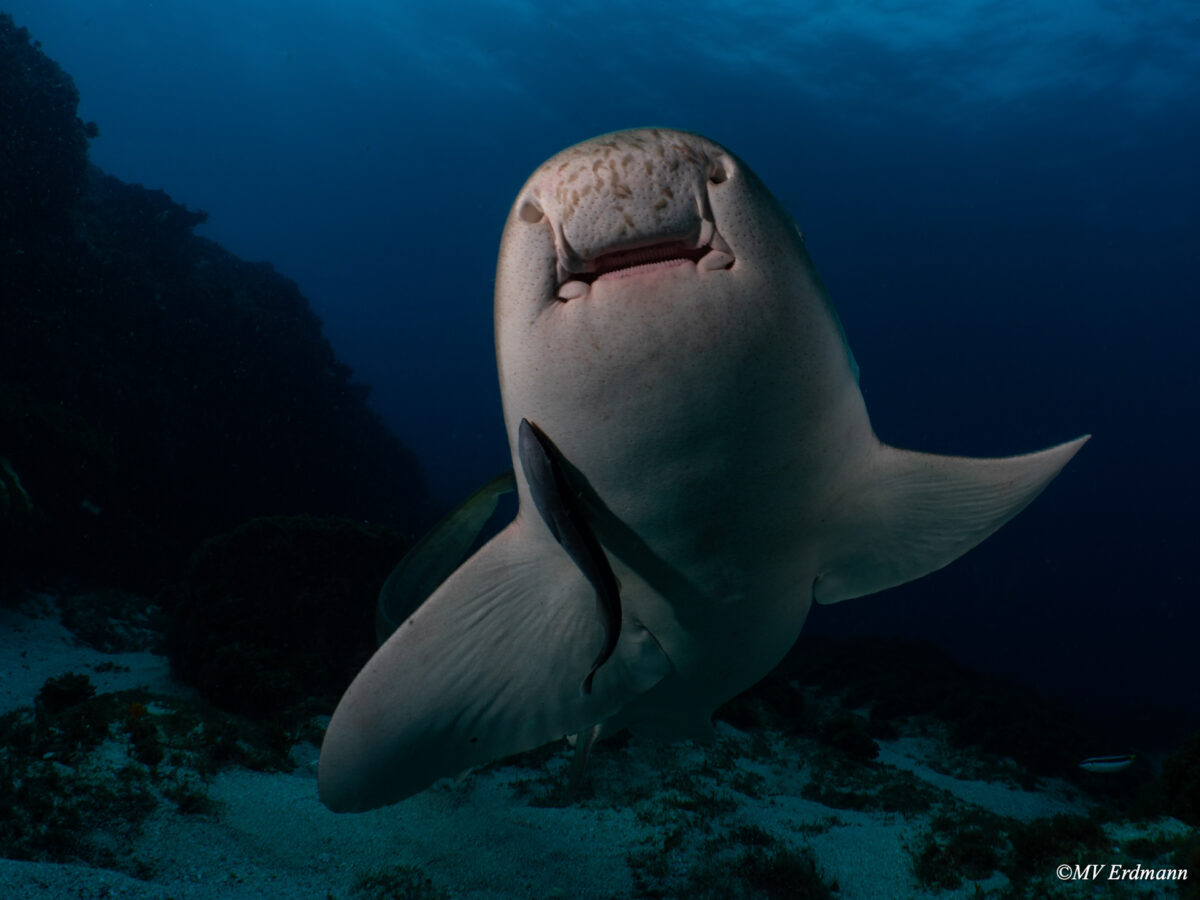
Effective marine protected areas and sound fisheries management, he emphasized, are essential precursors.
In the face of accelerating biodiversity loss, ReShark believes it offers something rare: a community-driven, scientifically grounded blueprint for undoing extinction—one egg at a time.
“In a world filled with depressing conservation issues left and right, this project brings the right level of optimism and hope to a lot of people and reminds them that sometimes, nature needs people too,” said Ichida.
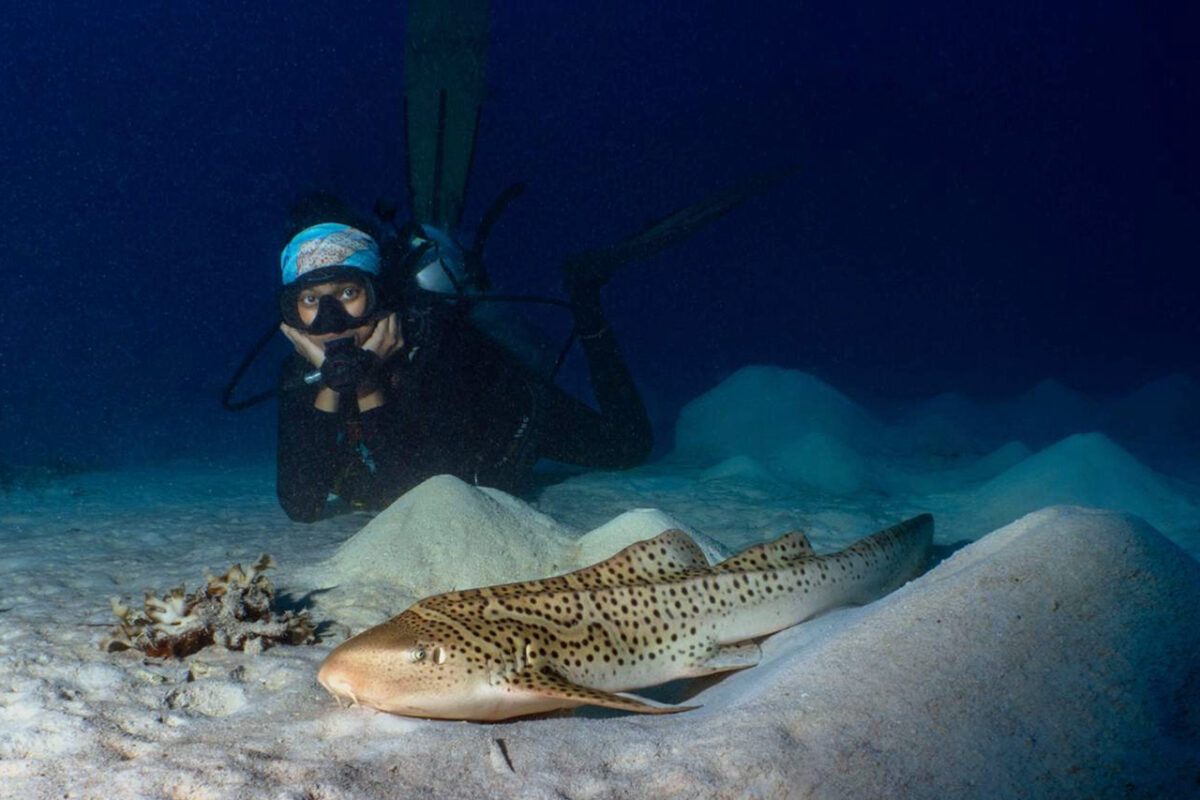
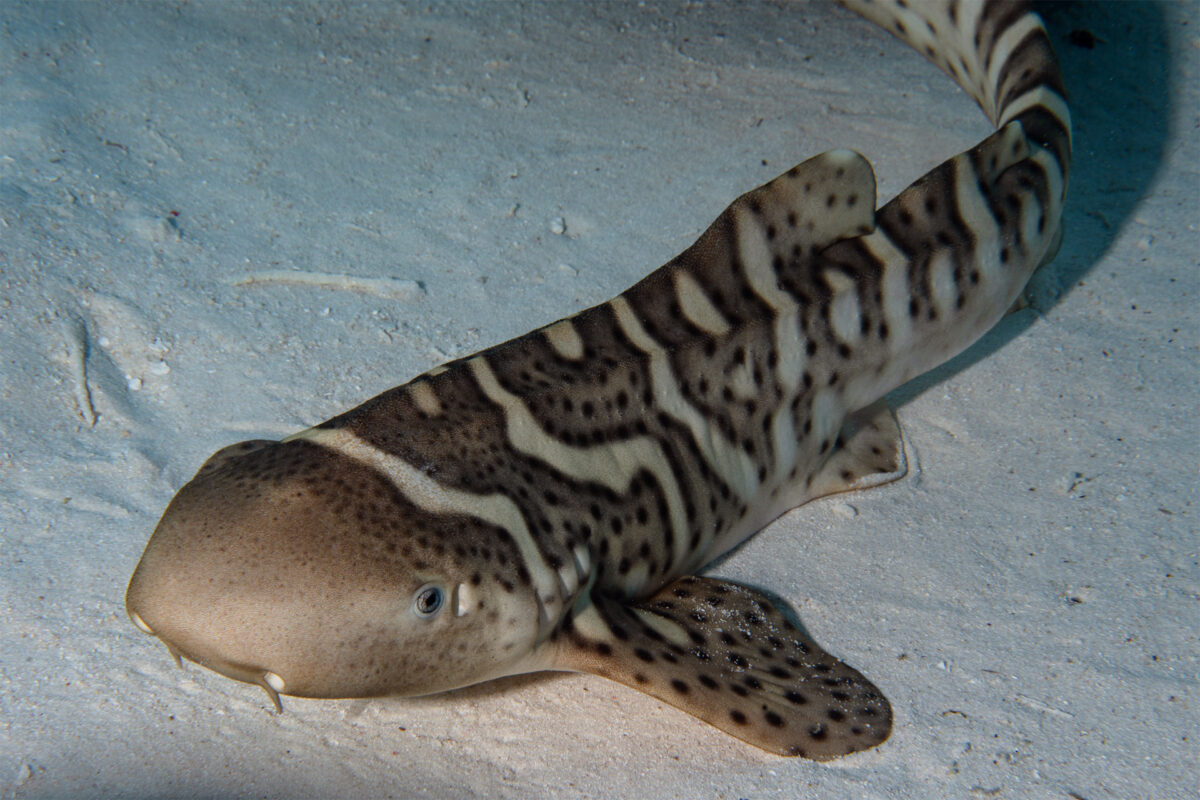
Meyer agreed. ReShark alone won’t save the world’s more than 400 threatened shark and ray species, she said—but it can change the narrative.
“If we can shift from fear to empathy of sharks,” she said, “maybe we can change the trajectory of hundreds of species.”
Source link
#undo #extinction #growing #effort #restore #lost #sharks

